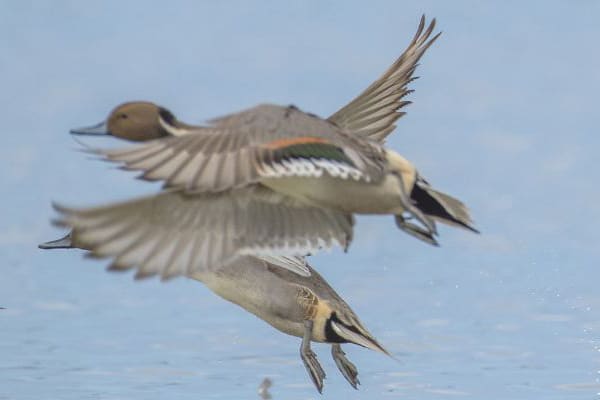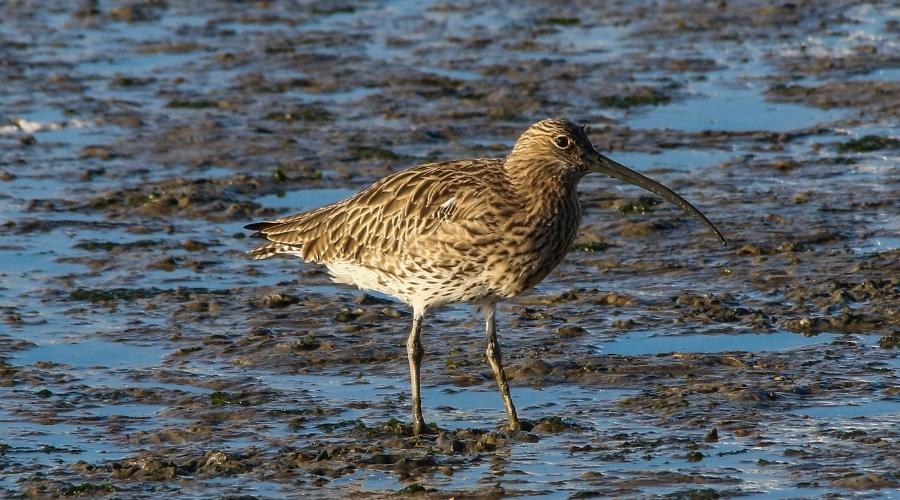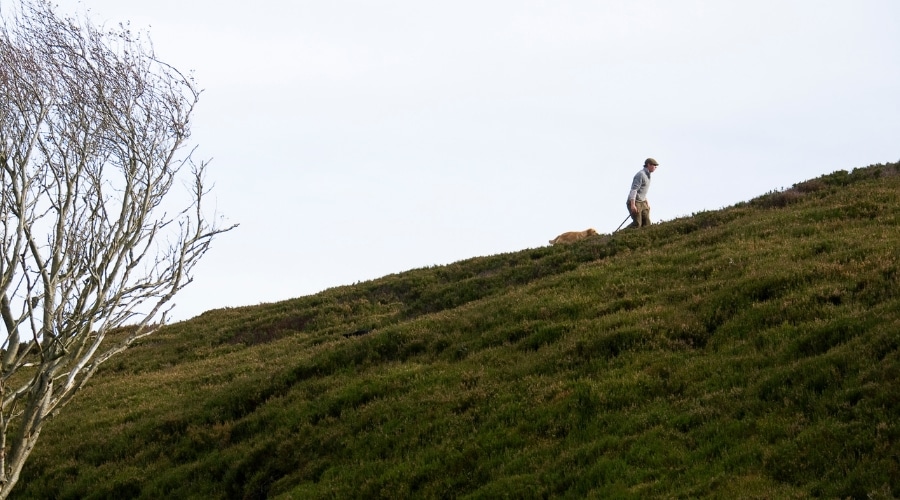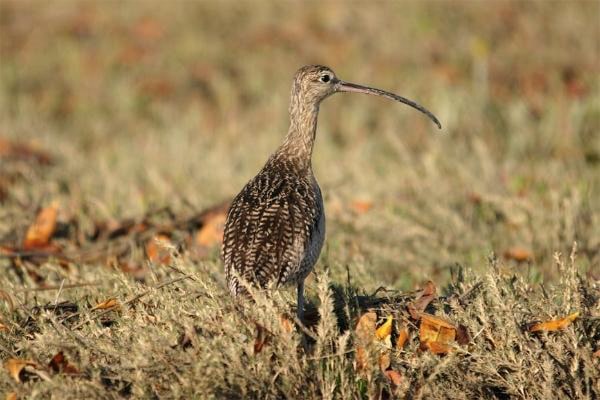
Ducks Unlimited – A conservation success story over the pond
A look at Ducks Unlimited, a US-based organisation founded by hunters and dedicated to conserving and restoring wildfowl habitat.
Get information on the legal shooting season for mammals and birds in the UK.
Learn about our current conservation projects and how you can get involved.
Comprehensive information and advice from our specialist firearms team.
Everything you need to know about shotgun, rifle and airgun ammunition.
Find our up-to-date information, advice and links to government resources.
Everything you need to know on firearms law and licensing.
All the latest news and advice on general licences and how they affect you.

The British Trust for Ornithology (BTO) has released a new film introducing a conservation technique called headstarting, aimed at helping the Eurasian Curlew to develop strongholds and thrive.
Headstarting involves the removal of curlew eggs from nests that are likely to fail. The eggs are then incubated and reared until fledged, before being returned to the wild.
The method is used where the breeding success of birds in the field is so low that the population crashes to point that extinction is likely.
Headstarting was used successfully to bolster the fortunes of the spoon-billed sandpiper in the 2000s and more recently in the case of the black-tailed godwit, and now curlew.
The BTO’s film follows a headstarting project in Eastern England for curlew and shows ‘keepers on the Sandringham estate releasing birds back into the wild.
It is worth noting that headstarting is very much a short-term conservation measure to provide time for the wider causes of the population decline to be tackled.
Most wading birds have the same trio of problems. Not enough suitable habitat, what is left is not appropriately managed, and the detrimental impact of predators on breeding attempts.
BASC’s action on curlew
Later this month BASC (22 November) will stand alongside conservation organisations in Wales to launch the Wales Curlew Recovery Plan. Headstarting is just one of the conservation measures detailed within the plan.

A look at Ducks Unlimited, a US-based organisation founded by hunters and dedicated to conserving and restoring wildfowl habitat.

We are all in this climate emergency together, and the skills of upland gamekeepers should be held in high regard, says BASC’s Gareth Dockerty.

The Gylfinir Cymru partnership, involving BASC and 15 other partner organisations, has launched a 10-year plan to reverse curlew decline in Wales.
Sign up to our weekly newsletter and get all the latest updates straight to your inbox.
© 2023 British Association for Shooting and Conservation. Registered Office: Marford Mill, Rossett, Wrexham, LL12 0HL – Registered Society No: 28488R. BASC is a trading name of the British Association for Shooting and Conservation Limited which is authorised and regulated by the Financial Conduct Authority (FCA) under firm reference number 311937.
If you have any questions or complaints about your BASC membership insurance cover, please email us. More information about resolving complaints can be found on the FCA website or on the EU ODR platform.
This website uses cookies so that we can provide you with the best user experience possible. Cookie information is stored in your browser and performs functions such as recognising you when you return to our website and helping our team to understand which sections of the website you find most interesting and useful.
Strictly Necessary Cookie should be enabled at all times so that we can save your preferences for cookie settings.
If you disable this cookie, we will not be able to save your preferences. This means that every time you visit this website you will need to enable or disable cookies again.
This website uses Google Analytics to collect anonymous information such as the number of visitors to the site, and the most popular pages.
Keeping this cookie enabled helps us to improve our website.
Please enable Strictly Necessary Cookies first so that we can save your preferences!
More information about our Cookie Policy